Wear OS 5 is the future of Android smartwatches. Here’s what’s new
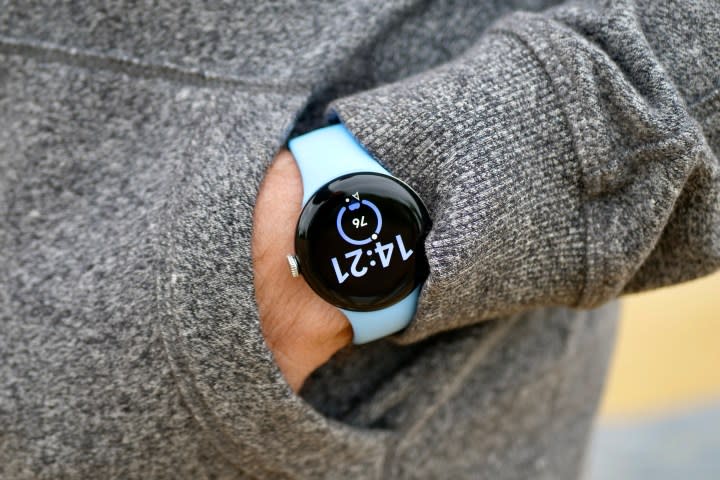
With the Google I/O 2024 opening keynote having come and gone yesterday, showcasing Google’s various AI initiatives with Gemini AI and more, news about the Wear OS took second fiddle — until now. After revealing that Wear OS grew its user base by 40% in 2023, Google has just announced Wear OS 5, along with a slew of new watch face updates and health-tracking features.
Here’s what’s new.
Wear OS 5
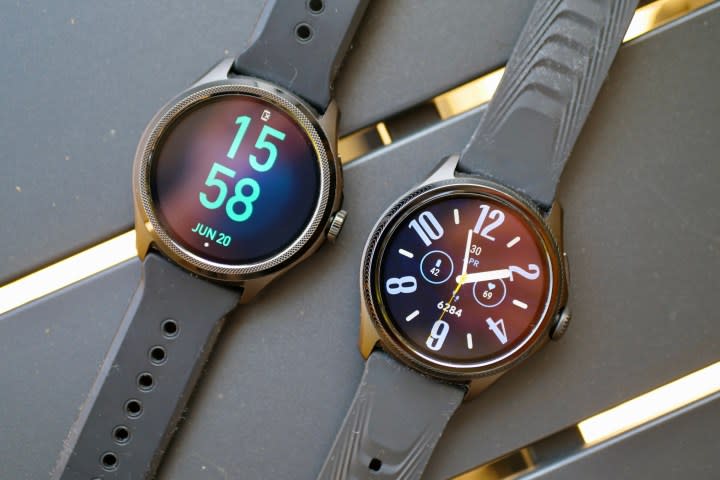
Wear OS 5 is expected to arrive later this year, but the Developer Preview has already given us a good idea of what to expect. One of the biggest focuses is enhanced battery life, which has long been a complaint of smartwatch users. Google says performance has improved, with improved workout-tracking efficiency. Running a marathon on Wear OS 5 should consume up to 20% less power than Wear OS 4.
Google is also encouraging developers to release more power-efficient apps on Wear OS, with a new guide on how to conserve power and battery. It’s rare that you have a Wear OS watch that can last more than a full day of use, so it’s good to see Google taking that issue seriously.
Wear OS watch face updates
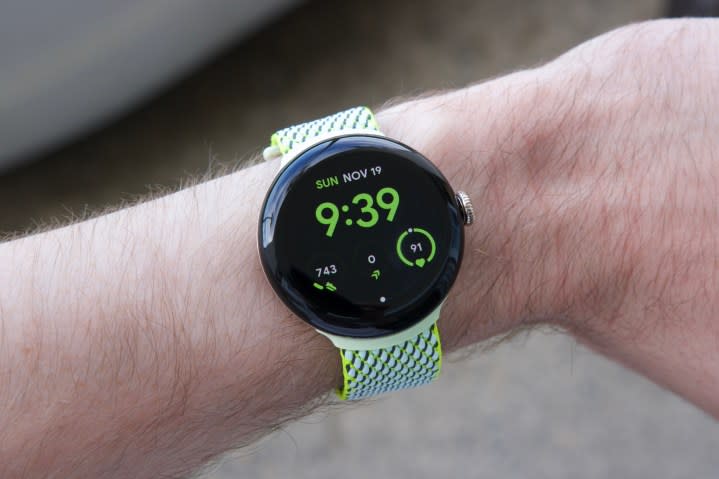
The new Watch Face Format was first introduced on Wear OS 4, removing the need for executable code when creating a watch face. This is more geared for developers, but watch faces following the new Watch Face Format should require less maintenance and fewer updates than those built with the Jetpack Watch Face libraries. According to Google, 30% of the watch faces on the Google Play Store already use the format, and Google now has the next version of Watch Face Format ready for Wear OS 5.
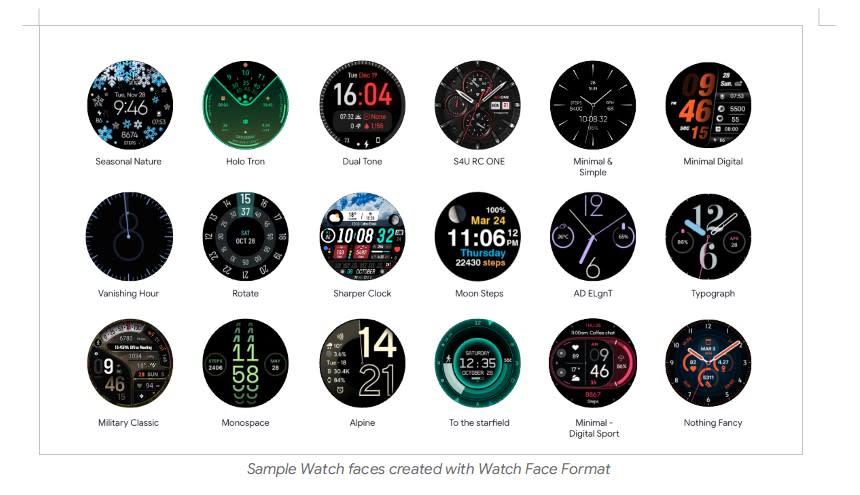
Among the features you get in the Watch Face Format are Flavors, Complications, and Weather. With Flavors, developers now have preset configurations for the watch face, letting developers and users configure attractive combinations of watch faces. Complications have also been added, allowing developers to show progress toward goals and weighted elements. At a glance, weather data is also finally available on Watch Format, allowing users to see weather data for the next hour, day, and beyond.
As part of its strategy to encourage developers to ditch the JetPack libraries, Google is imposing restrictions on Complications for watch faces using the old APIs. There are also Google Play publishing limitations to new watch faces built with the Android X and Wearable Support Library. Clearly, the intention is to sunset the old libraries sooner or later and push everyone to Watch Face Format.
Android Health features
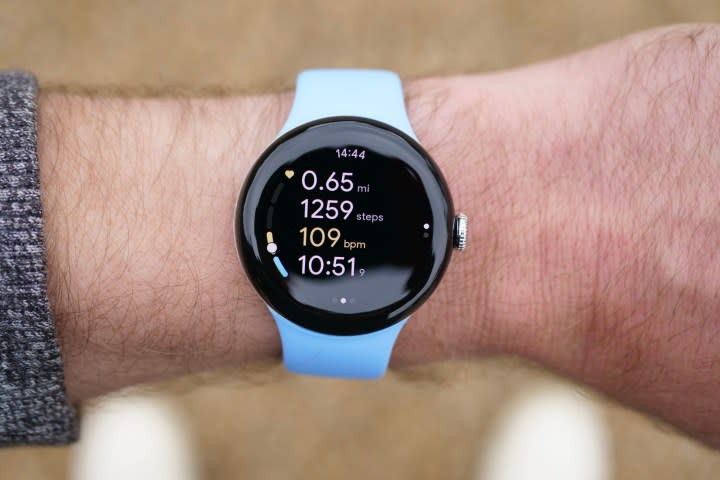
Android Health is also getting some new features, though most are geared toward developers. For example, the Google Fit app is becoming part of Android Health, and Health Connect is becoming the new recommended solution for storing and sharing fitness data on Android phones.
On the consumer end, Wear OS 5 introduces support for new data types for running. This includes advanced running metrics, including ground contact time, stride length, vertical oscillation, and vertical ratio. There’s also support for debounced goals, meaning you can get instantaneous metrics for things like heart rate, distance, and speed. This is intended for users who want to maintain a certain range during exercise, like running or rowing.

